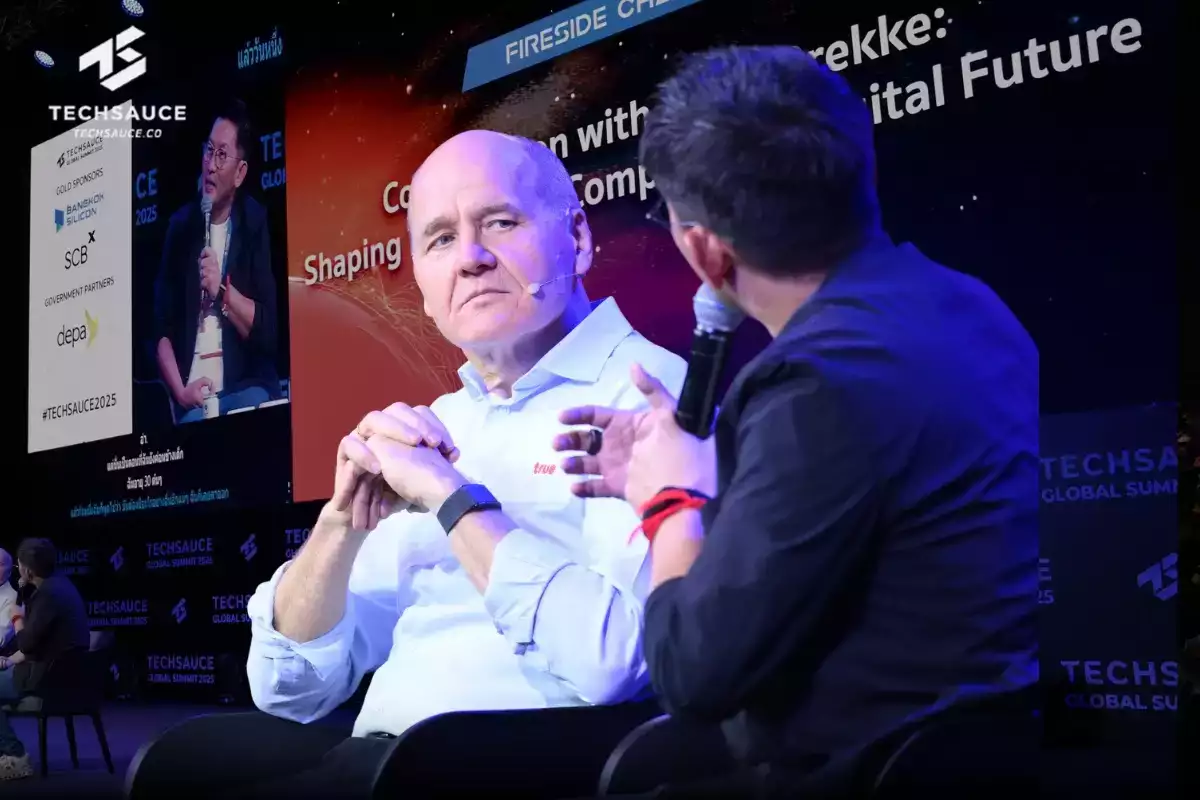Designing tech for healthcare users
UI/UX is a term so new it is barely even a thing yet. As you are reading this blog there is a reasonable chance that you are somewhat related to the world of design so you have probably come across the term UI/UX or user interface/user experience.
You might have seen these terms as a job title, you might have seen it referred to with design thinking, you might have had some business-y person lean over your shoulder at work and say in a grandiose voice “Have you thought about the UI/UX??? In my experience, it is all about the user experience!” Oh, yeah thanks Derrick, I never thought about that!
Now, annoyingly these two are very separated and very important concepts and tools that are pillars of designing anything. That’s right anything.

Let’s break it down real quick so – User Experience is a way of thinking objectively. It is a methodology of both empathising and also qualitatively testing designs so that you get a product that measures against two separate criteria:
1) Does it serve my target demographic?
2) Does it work? — So how is it about empathising?
The first thing any user experience guide will tell you is to understand your target audience. Who are they, what do they do, what do they want to do, what challenges do they face, what problem are you trying to solve, what barriers are there, what kind of products do they have, what products do they need, why might they not buy your product, how can you convert them? This is where empathy comes into the equation.
Good user experience takes into account that you have a bias. You are not the target audience (even though you might be) so user experience takes an objective scientific approach to define and understand it’s audience. This objective approach can also be referred to as Design Research. It is an investigative approach to finding out who you are designing for and if you want to create great products people love then it’s a step that is too important to miss. A product can’t be all things to all people.
The second part of UX is qualitative testing. Now, this comes in later in the process as once you have a prototype design. A good UX flow will then test this design preferably with your target audience. You can do this through beta releases (for apps), diary studies, observed user testing, and more. What you are trying to get a deeper understanding of is the core user experience. That is how your customers/users interact with your product. This should take a global view also from beginning to end: how does the customer interact with your product at all stages. What are the pain points and how can you iterate your design to make it better or more desirable.
User Experience cares about the customer flow with your product and reducing friction and pain points.
UI is more commonly related to software or App design as the interface makes up a much larger proportion of the design, however, UI design is important in almost all products from printers to cars to self-service tills at supermarkets. User interface also requires deep interaction and understanding of UX and vice-versa, which is why they are commonly combined, however, in their trust form it is important to understand they are very separate concepts.
UI or User Interface cares more about the physical and emotional connection a user has with your product.
Aspects of UX and UI design are applied to nearly all products. However, if you want great products that can be picked up by just about anyone, then you need to work really hard to prioritise these concepts. For example, if you want an easy life design for technical people. Technical people, no matter how complicated, will not bat an eyelid.
I remember a few years back I was designing an IoT product that you had to connect to your WIFI using a mobile app. The process you had to go through to get your phone to talk to the device in the first place was nothing short of witchcraft, requiring you to change multiple settings on your phone, navigate into and out of the app several times before finally making a connection. When my developer team proudly demoed this to me proudly finishing with “see and it is as easy as that” all I could do was laugh. If you give a technical person a manual and so long as the steps to follow are sequential they will next to never complain. For me, I use the mum test. It’s a simple litmus test that I ask myself. Without any intervention or help, could my mum set this up or use this product? If the answer is no, then you need to keep working.

Now there may be no greater field where these two disciplines combine than in “medical device design”. This is a broad church where poor UI/UX might simply make a daily task harder or could be the difference between life and death.
Healthcare products fulfill vital tasks important for patient care and wellbeing. We do live in a time though where we are fortunate that technology is advancing at such a pace that we are starting to see more and more technical solutions to healthcare challenges. From incredibly advanced solutions like MRI machines, down to more simple devices for alerting healthcare providers in the event of a fall. All of these devices though take careful consideration of firstly who are the target users, and more so than other products; what are the physical challenges they face. The more time spent on User Experience and User Interaction the better the clinical outcomes for the patients; as when designing medical devices the true measure of the success of the product is in the improvement of clinical outcome (Clinical outcomes are measurable changes in health, function or quality of life that result from care).
We are starting to see an increase in the development and adoption of IoT medical devices that patients are issued and use to alleviate chronic conditions or to support their wellbeing at home. This can be anything from fall detection devices to Bluetooth enabled blood sugar monitors for logging patients sugar levels. With the increase in such devices, it is more important than ever for people developing these products to understand the process of UI/UX and to begin applying it to their products. In doing so, they will produce products that better serve their users, make meaningful impacts on not only their recovery but also their independence and can have lasting generational impacts far beyond the primary user.
ลงทะเบียนเข้าสู่ระบบ เพื่ออ่านบทความฟรีไม่จำกัด






